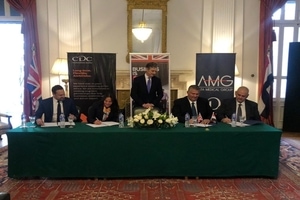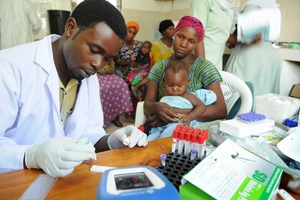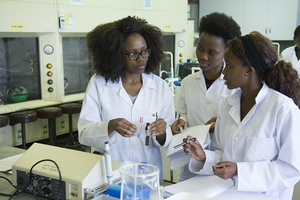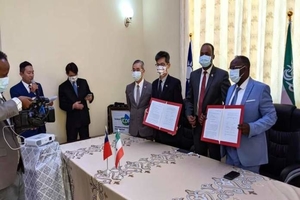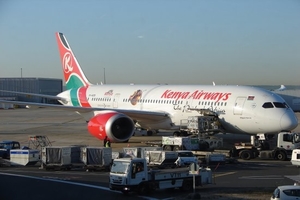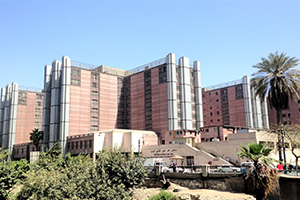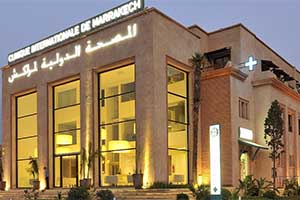CDC Group, the UK development finance institution, has announced a $100 million minority equity stake in Alfa Medical Group (AMG) alongside the healthcare investor Africa Network Capital, Simon Rowlands’ family office.
“For 25 years, the Alfa Medical Company has played a crucial role in changing the lives of millions of Egyptians by ensuring access to affordable healthcare. Its labels are known in the medical industry for offering high-quality diagnostics and care using state-of-the-art technology,” said Sherine Shohdy, Coverage Director, CDC, Egypt.
“This investment shows the devotion of CDC to collaborating with leading Egyptian firms, creating much-needed patient capital that can only be offered through our model. With over 20 years of experience investing here in Egypt, this year we remain optimistic in working with more local businesses.”
The investment would allow AMG to enhance its medical services efficiency, expand patient access to medical care and extend its hospital presence, including the new Alfa Medical City. The investment will also promote the expansion of AMG’s laboratory sector into undeserved regions in Egypt in particular, as well as the development of Alfa Scan Radiology Centers.
The transaction would also fund the creation of the Alfa Academy, a training academy for AMG employees and third-party healthcare professionals. The Academy will offer instruction to healthcare practitioners, grow permanent, high-quality talent across the industry and enhance patient care. This investment would help to expand the number of hospital beds offering quality healthcare facilities, complementing the Egyptian Government’s efforts to fulfil its vision for Egypt in 2030.
This investment will lead to SDG 3: Ensure safe lives and well-being for all, build employment as defined in SDG 8.5: Produce complete and sustainable jobs, and have better skills preparation as defined in SDG 4.4: Raise the number of people with suitable skills.
Dr Adel Talaat, Chairman and CEO of Alfa Medical Group, said: “As shareholders of Alfa Medical Company, we are proud to welcome CDC, one of the leading financial institutions for growth finance. For our company, the investment marks a significant milestone and will help us to extend our business and accelerate our progress. It also demonstrates the trust that foreign investors have in the Egyptian economy and health care sector.”
“CDC is delighted to work with Dr. Adel Talaat and his team to continue the country’s growth of the community and increase access to healthcare. This contribution is a core component of Egypt’s CDC plan and we look forward to helping more companies in the healthcare, education and other consumer sectors,” said Leandro Cuccioli, Head of Health and Consumer Businesses, CDC.
Sir Geoffrey Adams, British Ambassador to Egypt, commented “A wonderful example of the strength of the UK-Egypt trade and investment relationship is CDC’s $100 million investment in Alfa Medical Group, CDC’s highest ever equity investment in Egypt. At a time of unparalleled difficulties, the agreement will promote healthcare in Egypt, improving access to medical services across Egypt for those in need.”

